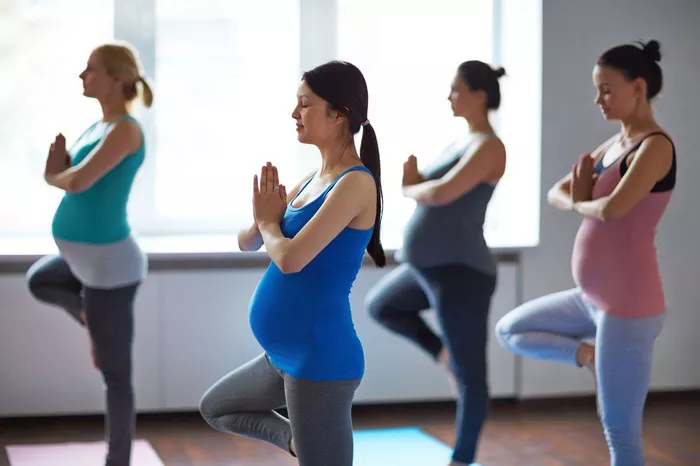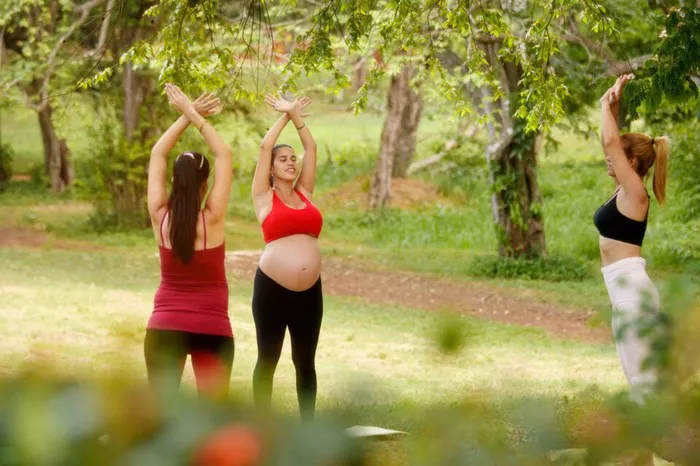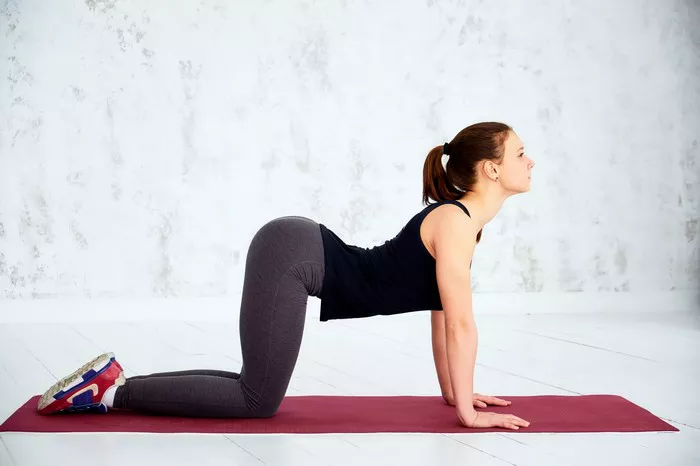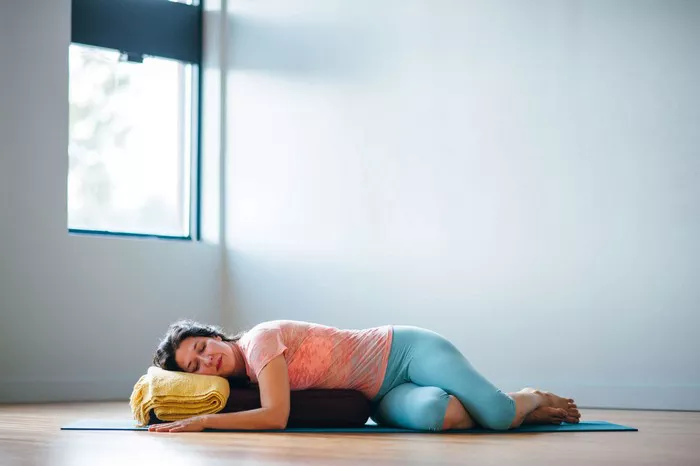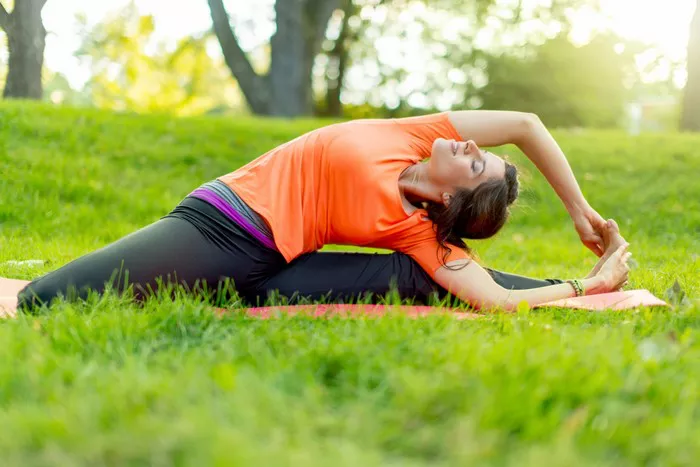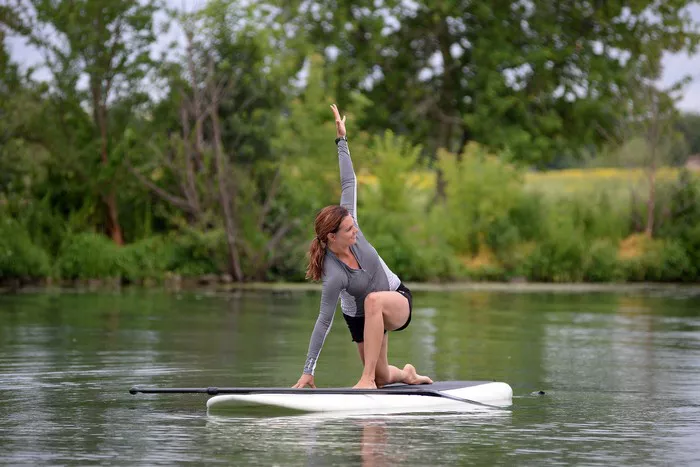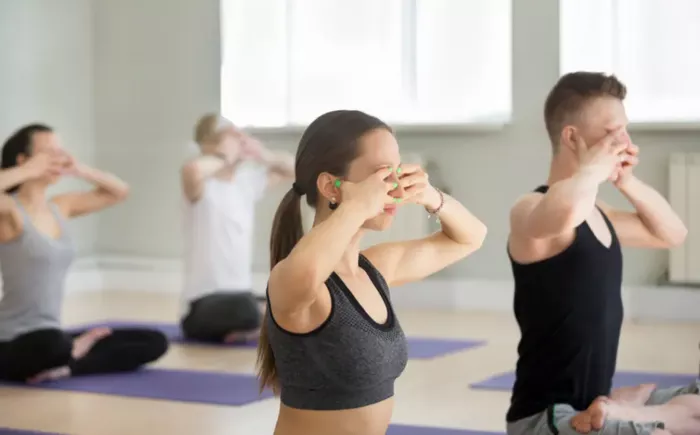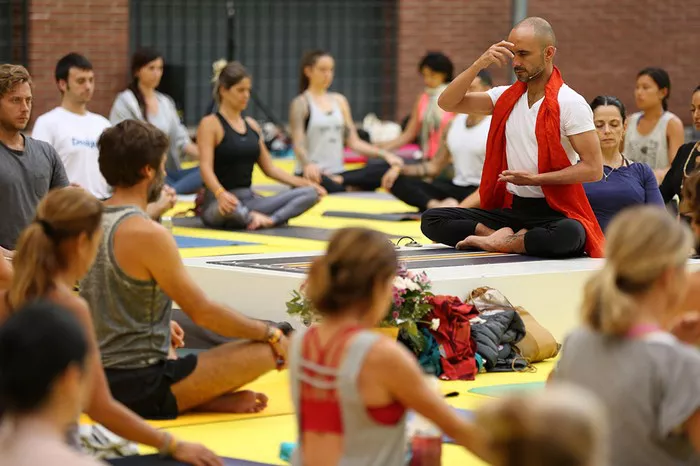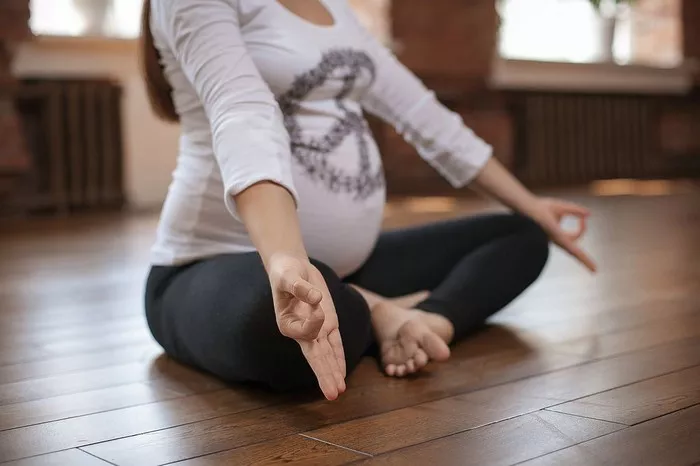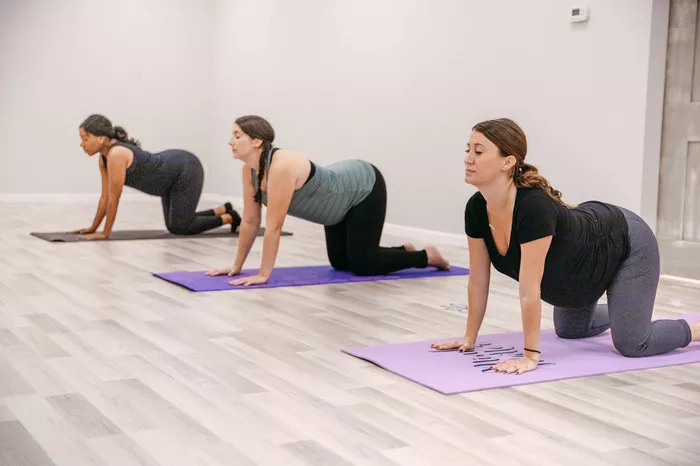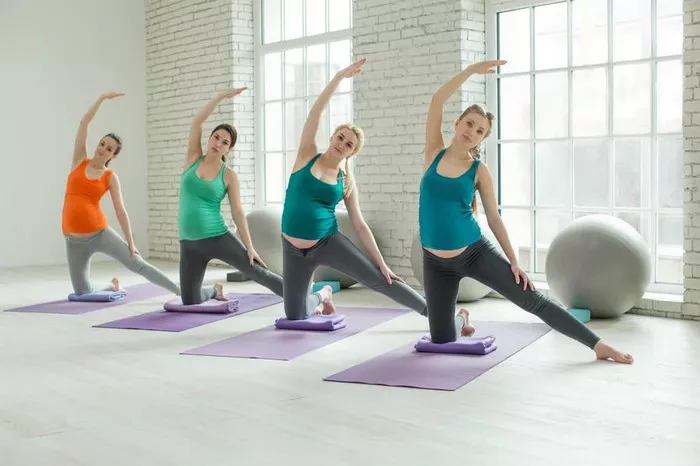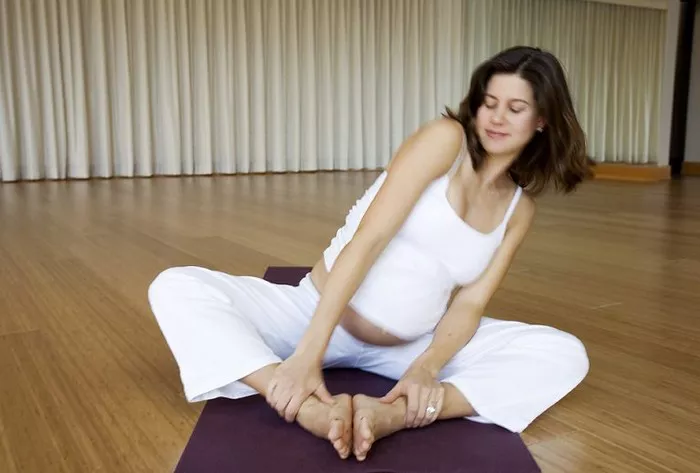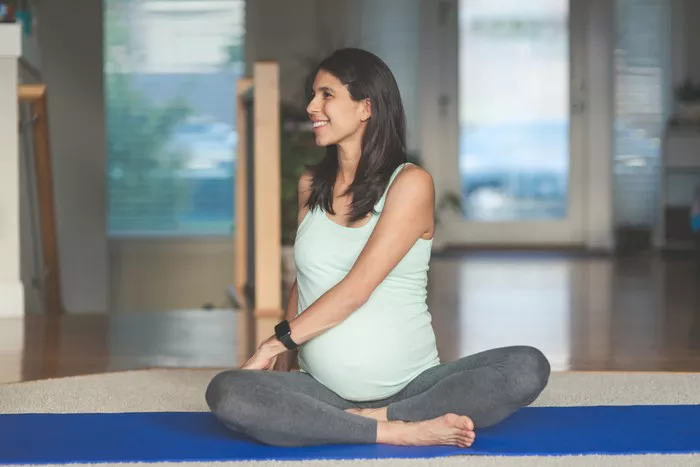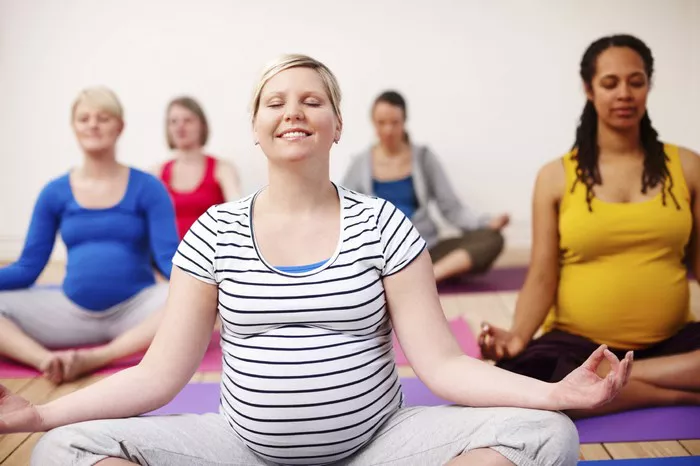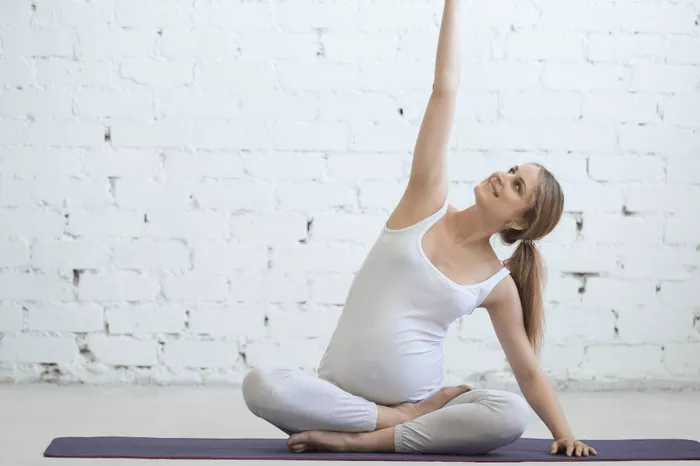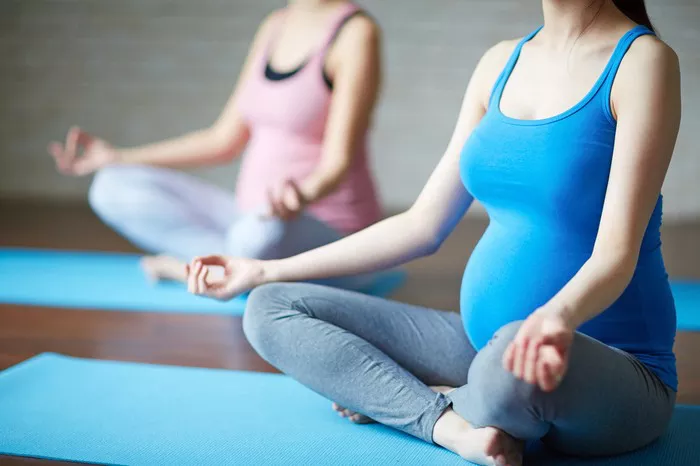The Lotus Pose (Padmasana) is one of the most iconic yoga postures, symbolizing deep meditation, balance, and inner peace. It is often used in various forms of yoga, including Hatha, Ashtanga, and Kundalini yoga, as well as in meditation practices. The posture involves sitting cross-legged with each foot resting on the opposite thigh, promoting spinal alignment and mental focus. However, despite its benefits, the Lotus Pose is not suitable for everyone.
For some individuals, attempting Padmasana can lead to discomfort, strain, or even injury. If you have certain medical conditions, limited flexibility, or specific anatomical concerns, you may need to modify the pose or avoid it altogether. In this article, we will explore who should not practice the Lotus Pose and why.
1. Individuals with Knee Injuries or Knee Pain
One of the most common risks associated with Padmasana is knee strain. Since the pose requires deep external rotation of the hips, the knees often take excessive stress, especially if the hips are not flexible enough.
Why is it risky?
- The knee joint is a hinge joint designed mainly for flexion and extension, not for rotation. Forcing the knees into an extreme rotation can lead to ligament strain or meniscus injuries.
- If you already have knee pain, arthritis, or past knee surgeries (such as ACL or meniscus repair), attempting Lotus Pose may aggravate the condition and cause long-term damage.
Alternatives
Instead of full Lotus, individuals with knee concerns can practice:
- Easy Pose (Sukhasana): A simple cross-legged position that puts less strain on the knees.
- Half Lotus Pose (Ardha Padmasana): Placing only one foot on the opposite thigh while the other leg remains under.
2. People with Tight Hips
Tight hips can prevent the safe execution of Lotus Pose, increasing the risk of injuries.
Why is it risky?
- When the hips lack flexibility, the knees and ankles are forced to compensate, leading to excessive strain.
- People with conditions such as hip impingement, femoroacetabular impingement (FAI), or hip labral tears may experience discomfort or worsening symptoms in this position.
Alternatives
To increase hip flexibility before attempting Lotus Pose:
- Practice Butterfly Pose (Baddha Konasana) to gently open the hips.
- Use Reclined Pigeon Pose (Supta Kapotasana) to stretch the outer hips safely.
- Try Supported Half Lotus with Yoga Blocks to reduce strain while training for the full pose.
3. Individuals with Ankle Issues
The position of the feet in Lotus Pose requires strong yet flexible ankles. If you have a history of ankle injuries, you may find the pose uncomfortable or even harmful.
Why is it risky?
- The deep rotation required can put undue pressure on the ankle ligaments.
- People with weak or previously sprained ankles might experience instability and pain in the pose.
Alternatives
- Hero Pose (Virasana) with support can be a gentler way to stretch the ankles.
- Seated Forward Bend (Paschimottanasana) provides similar meditative benefits without ankle strain.
4. Those Recovering from a Recent Surgery
If you have recently undergone surgery on your knees, hips, or lower back, practicing Lotus Pose can hinder recovery.
Why is it risky?
- Post-surgical tissues are often delicate and require time to heal.
- The twisting motion of Padmasana can disrupt healing in surgical sites.
Alternatives
- Follow your doctor’s or physical therapist’s guidance before attempting Lotus Pose.
- Start with gentle, non-weight-bearing stretches to regain flexibility safely.
5. People with Sciatica or Lower Back Pain
Sciatica is a condition where the sciatic nerve becomes irritated, causing pain that radiates down the leg. Sitting in Lotus Pose can exacerbate this pain, particularly if there is tightness in the hips or lower back.
Why is it risky?
- The deep hip rotation can place additional stress on the sciatic nerve.
- If the pelvis is not properly aligned, the pose may worsen lower back pain.
Alternatives
- Supine Figure Four Stretch (Supta Kapotasana) to relieve sciatic nerve tension.
- Seated Pigeon Pose with props for a more accessible version of the stretch.
- Use a cushion or block under the hips in seated positions to maintain spinal alignment.
6. Pregnant Women (Especially in Later Trimesters)
Pregnancy brings many physiological changes, including increased joint flexibility due to hormonal shifts. While some pregnant individuals may comfortably practice Lotus Pose, others should avoid it.
Why is it risky?
- Increased flexibility due to relaxin (a pregnancy hormone) can lead to overstretching and instability.
- Sitting in a deep hip-opening pose for prolonged periods may cause discomfort or circulation issues.
Alternatives
- Seated Cross-Legged Position with Support for comfort.
- Use props such as yoga blocks to elevate the hips and reduce strain.
- Practice prenatal yoga postures that support the lower back and pelvis.
7. Individuals with Circulatory Disorders
For some people, sitting in Lotus Pose for long durations may impede blood flow, causing numbness or tingling in the legs.
Why is it risky?
- The compression of arteries behind the knees can restrict circulation.
- People with conditions such as deep vein thrombosis (DVT) or varicose veins may experience discomfort.
Alternatives
- Sit on a cushion or folded blanket to improve circulation.
- Switch leg positions frequently to avoid prolonged pressure on the same area.
- Consider alternative meditation poses such as Vajrasana (Thunderbolt Pose).
8. Beginners Without Proper Warm-Up
If you are new to yoga, jumping straight into Lotus Pose without adequate preparation can lead to strain or injury.
Why is it risky?
- Beginners often lack the necessary hip, knee, and ankle flexibility.
- Attempting the pose without preparatory stretches can cause discomfort.
Alternatives
- Work on hip-opening poses such as Lizard Pose (Utthan Pristhasana) before trying Lotus Pose.
- Use a step-by-step approach, starting with Half Lotus before progressing to full Padmasana.
Final Thoughts
While the Lotus Pose is a powerful and meditative posture, it is not suitable for everyone. People with knee issues, tight hips, recent surgeries, sciatica, pregnancy, circulatory disorders, or insufficient flexibility should approach this pose with caution or seek alternatives.
If you experience pain or discomfort in Lotus Pose, it’s essential to listen to your body and avoid forcing the posture. Yoga is about finding balance and ease in the body and mind, and there are many alternative poses that provide similar benefits without the risk of injury.
Instead of focusing on achieving an advanced posture, prioritize a safe and sustainable practice. Consult a yoga instructor or healthcare provider if you are unsure whether Lotus Pose is right for you. Always remember that yoga is not about perfection—it’s about self-awareness, growth, and well-being.
Related Topics:

